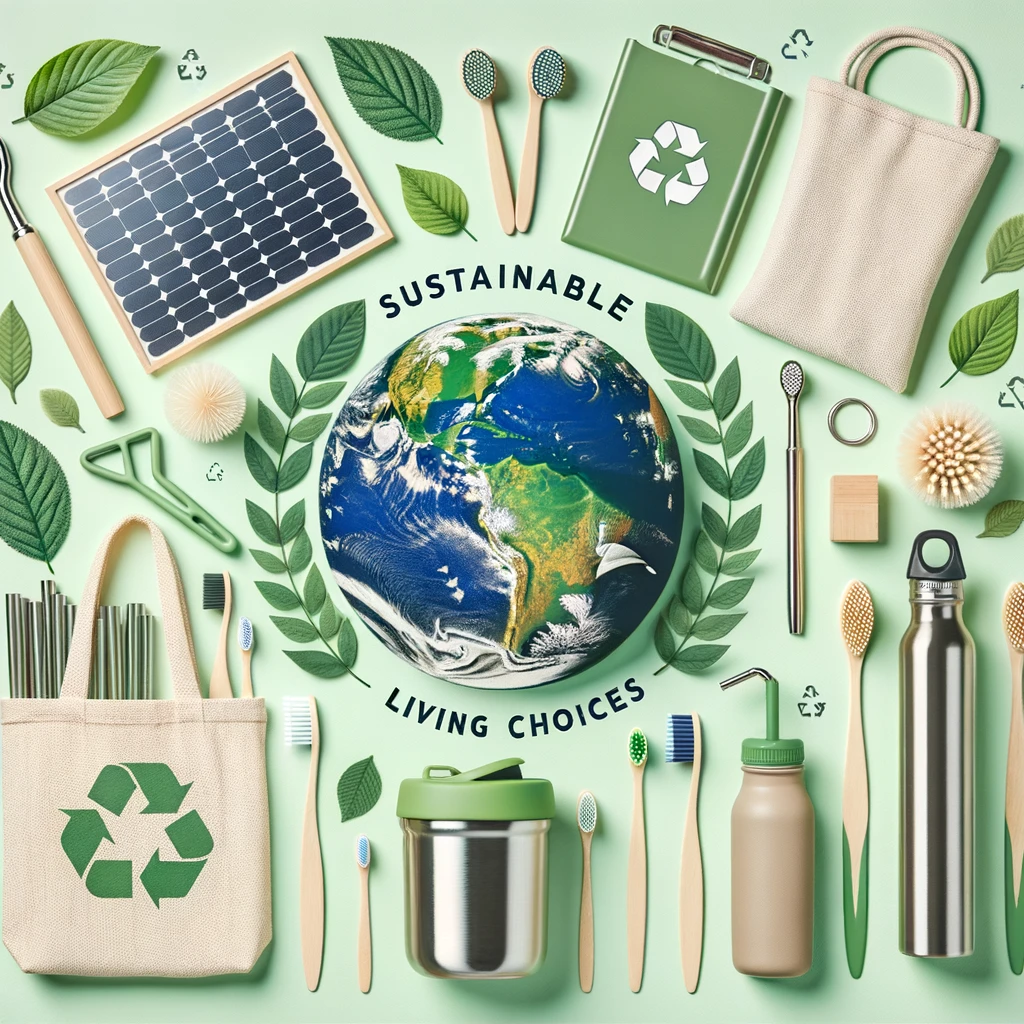
In today’s consumer-driven world, the products we choose to buy reflect not just our needs but also our values. With the ever-growing urgency of environmental concerns, many consumers are keen to make purchases that align with eco-conscious values. But amidst the plethora of products and claims, how does one genuinely select the greenest options in the marketplace?
How Do I Find Eco-Friendly Products?
Navigating the green marketplace can be overwhelming, but with a bit of guidance and informed strategy, you can ensure that your purchases have a positive impact on the planet. Here’s a roadmap to guide you:
- Look for Certifications and Seals
- Research the Brand’s Sustainability Practices
- Check Product Materials and Ingredients
- Consider the Product’s Lifespan and End-of-Life Options
- Engage with Eco-Focused Communities and Platforms
Look for Certifications and Seals
- Why It Matters: Many independent bodies offer certifications to products that meet specific environmental standards. These seals serve as a quick reference for consumers.
- Popular Certifications to Look For: USDA Organic, Energy Star, Fair Trade, Rainforest Alliance, and Green Seal are some globally recognized certifications. Always ensure the certification is relevant to the product category you’re exploring.
- Tip: Beware of fake or misleading seals. A quick online search can help verify the legitimacy of unfamiliar certifications.
Research the Brand’s Sustainability Practices
- Why It Matters: A genuinely eco-friendly product doesn’t just stand alone; it’s often a reflection of the brand’s broader sustainability ethos.
- Steps to Take: Visit the brand’s website, look for sections on sustainability or corporate responsibility, and understand their environmental commitments. Brands that prioritize eco-friendliness are typically transparent about their practices.
- Tip: Watch out for greenwashing—a tactic where brands exaggerate or falsely claim eco-friendliness to appeal to green-minded consumers.
Check Product Materials and Ingredients
- Why It Matters: The raw materials and ingredients in a product give a clear indication of its eco-credentials.
- Steps to Take: Opt for products made from recycled, upcycled, or sustainable materials. In the case of consumables, prioritize natural, organic, and chemical-free ingredients.
- Tip: Familiarize yourself with common eco-unfriendly materials and ingredients so you can avoid them.
Consider the Product’s Lifespan and End-of-Life Options
- Why It Matters: A product that lasts longer reduces the need for frequent replacements, leading to less waste. Moreover, how a product is disposed of at the end of its life is crucial for its environmental impact.
- Steps to Take: Look for durable products with warranty or repair options. Check if the product can be recycled or composted once it’s no longer usable.
- Tip: Some brands offer take-back or recycling programs for their products—always a green thumbs up!
Engage with Eco-Focused Communities and Platforms
- Why It Matters: The collective wisdom of eco-conscious communities can be invaluable in guiding your purchasing decisions.
- Steps to Take: Join forums, social media groups, or subscribe to eco-centric blogs and magazines. Engage in discussions and ask for recommendations.
- Tip: Online platforms like “Good On You” or “Eco Cult” offer insights and ratings on various brands and products based on their environmental and ethical practices.
The Broader Impact of Eco-Friendly Purchases
When you choose eco-friendly products, your impact goes beyond the immediate environment:
- Driving Market Demand: Your green purchases signal to brands that there’s a demand for sustainable products, encouraging more eco-friendly innovations.
- Reducing Carbon Footprint: By selecting sustainable products, especially those with lower carbon footprints, you contribute to the global effort to combat climate change.
- Promoting Ethical Practices: Eco-friendly often aligns with ethical, meaning your choices can support fair wages, humane treatment, and more.
Wrapping Up
Finding eco-friendly products is a journey of constant learning and adaptation. While it may require a bit more effort initially, the rewards—in terms of positive environmental impact and the satisfaction of making informed choices—are immense. By equipping ourselves with knowledge and being vigilant about our selections, we can foster a greener marketplace and, by extension, a healthier planet.